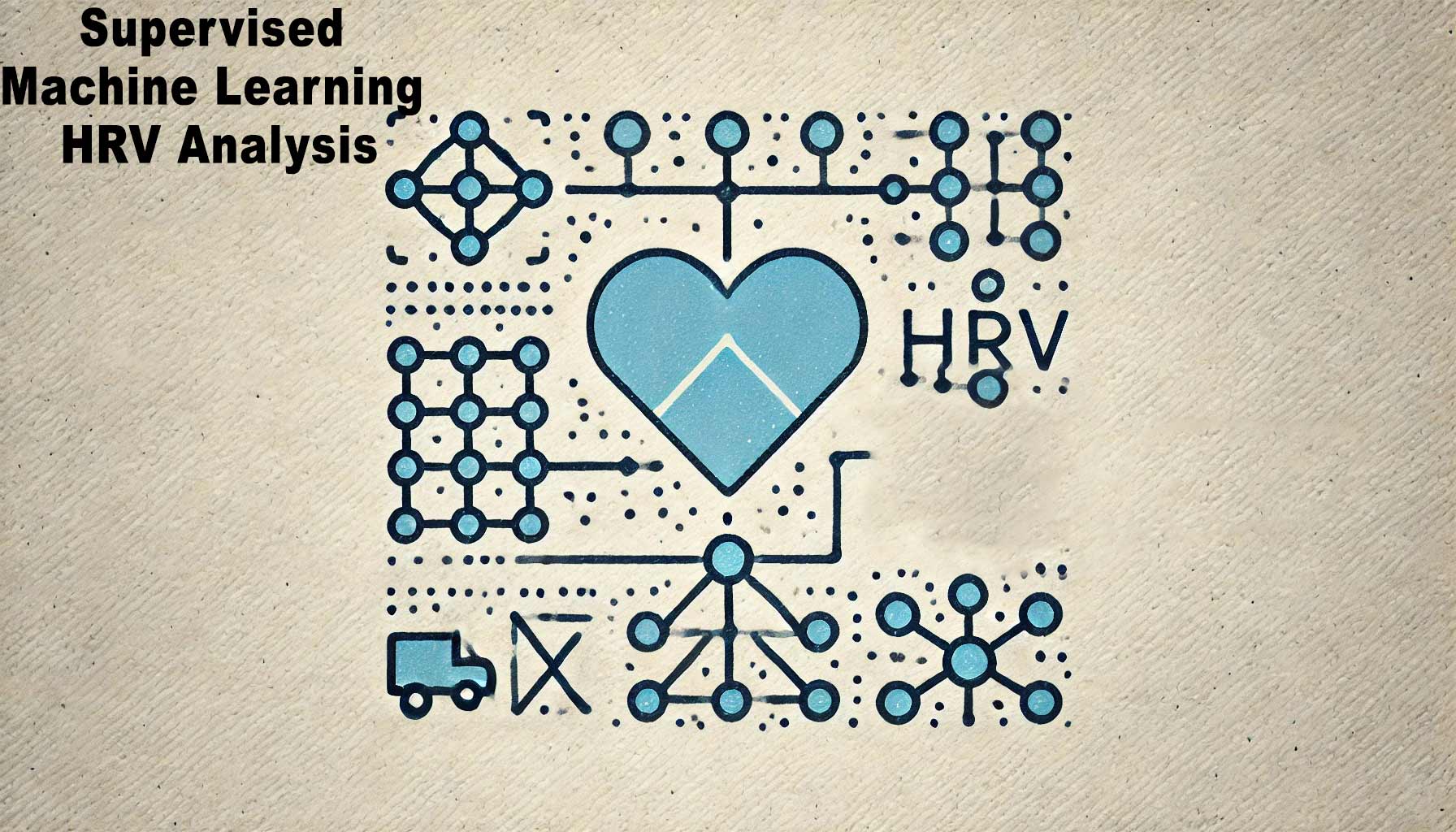I. Introduction
Supervised machine learning, a type of machine learning where algorithms are trained on labeled datasets to predict outcomes or classify data, is transforming how researchers analyze Heart Rate Variability (HRV) data, allowing for more precise predictions and classifications that can guide healthcare decisions. HRV, which reflects the variability in time between heartbeats, serves as a critical marker for autonomic nervous system function and overall cardiovascular health. With the right labeled datasets, supervised learning can identify patterns and predict health outcomes with high accuracy.
However, the success of supervised machine learning largely depends on how well the data is labeled and the integration of multimodal data sources to provide context. Properly labeled data enables algorithms to learn and distinguish between different physiological states or health events, such as stress responses, cardiovascular incidents, or recovery periods after exercise. This article explores the key strategies for labeling HRV data, integrating other relevant data sources, and offers concrete examples of how these can be applied across different research settings, including physical activity, cardiovascular health, and workplace stress monitoring.

II. Data Labeling Strategies for Supervised Learning in HRV Analysis
A. Importance of Proper Data Labeling
In supervised machine learning, the quality of the model’s predictions is only as good as the data it learns from. Proper data labeling is critical because it defines the examples that the algorithm will use to “learn” what different patterns or outcomes look like. For HRV analysis, labeling could mean identifying specific periods of stress, rest, exercise, or even arrhythmias based on predefined criteria. The more accurate and consistent the labeling, the better the model can generalize these findings to new data, enhancing its predictive power in real-world scenarios.
B. Techniques for Labeling HRV Data
- Manual Labeling Using Expert Annotations
Manual labeling involves experts reviewing HRV data and annotating periods based on specific criteria, such as identifying segments where the data suggests high stress or potential arrhythmias. For example, a researcher might examine HRV time series data alongside a diary of patient-reported stress levels to label periods of high and low stress. Although this method can be time-consuming and prone to human error, it provides high-quality labeled data that reflects expert knowledge, which is invaluable for training models that require precise classifications. - Automated Labeling Using Synchronized Measurements
Automated labeling leverages synchronized data from multiple sources to label HRV data automatically. For example, a thigh-worn accelerometer can measure physical activity types – such as sitting, standing, or walking – while HRV data is collected simultaneously. By syncing these two datasets, researchers can automatically label HRV segments with the corresponding activity type. This integration allows for a more comprehensive understanding of how different physical activities affect HRV, enabling the development of models that can predict recovery states, fatigue levels, or the impact of prolonged sitting. - Semi-Automated Labeling Using AI-Assisted Tools
Semi-automated labeling combines manual and automated approaches, often using AI tools to assist in the labeling process. For instance, an AI model trained on a small, manually labeled dataset can be used to predict labels for a larger, unlabeled dataset. Researchers can then review and correct these predictions, significantly reducing the time and effort required for data labeling while maintaining accuracy. This approach is particularly useful when handling large datasets or when the data exhibits complex patterns that are difficult to label manually.
By employing these strategies, researchers can create robust datasets that serve as the foundation for effective supervised machine learning models in HRV analysis. Well-labeled data enables models to learn with precision, ultimately leading to more reliable predictions and insights that can inform health interventions and strategies. In the next section, we will discuss how integrating multimodal data sources can further enhance the value of HRV datasets, providing additional context that can improve the accuracy and applicability of machine learning models.

III. Integrating Multimodal Data for HRV Analysis
Combining HRV data with other data streams provides a more comprehensive context for supervised machine learning models, enhancing their ability to detect patterns and make accurate predictions. Multimodal data integration allows researchers to consider various physiological, behavioral, and environmental factors that impact HRV, providing a richer dataset for training AI models. Below are some examples of how integrating different data sources with HRV can be used to create labeled datasets for supervised learning.
A. Combining HRV with Physical Activity Data
- Example: Using Accelerometers to Label HRV Data
Accelerometers provide detailed information about a person’s physical activity and posture, such as sitting, standing, walking, or running. When combined with HRV data, accelerometers can help label HRV segments according to activity type. For example, data collected from a thigh-worn accelerometer can differentiate between low-intensity activities (like sitting) and high-intensity activities (like running). This synchronized data can be used to train supervised models to predict recovery times, stress levels, or fatigue states based on HRV patterns linked to specific activities. - Application: Monitoring Recovery in Athletes
Integrating HRV and physical activity data can be particularly useful in sports science to monitor athletes’ recovery states. For instance, supervised models can be trained to understand how different training intensities affect HRV and to predict optimal recovery periods. This allows for personalized training plans that optimize performance and minimize injury risks by ensuring adequate recovery.

B. Integrating HRV Data with Cardiovascular Events
- Example: Linking HRV with ECG and Blood Pressure Monitors
Combining HRV data with other cardiovascular measurements, such as electrocardiograms (ECGs) and continuous blood pressure monitoring, can provide critical insights into heart health. For example, HRV data synchronized with ECG readings can be labeled to indicate specific cardiovascular events, such as arrhythmias. These labels help train supervised models to predict the likelihood of future cardiovascular events based on historical HRV patterns and concurrent cardiovascular markers. - Application: Predictive Modeling for Cardiovascular Risk
In clinical research, integrating HRV data with cardiovascular monitoring allows for more accurate predictive models for cardiovascular risks. Models trained with these integrated datasets can forecast the risk of adverse events like heart attacks or strokes, providing early warnings that enable proactive healthcare interventions.
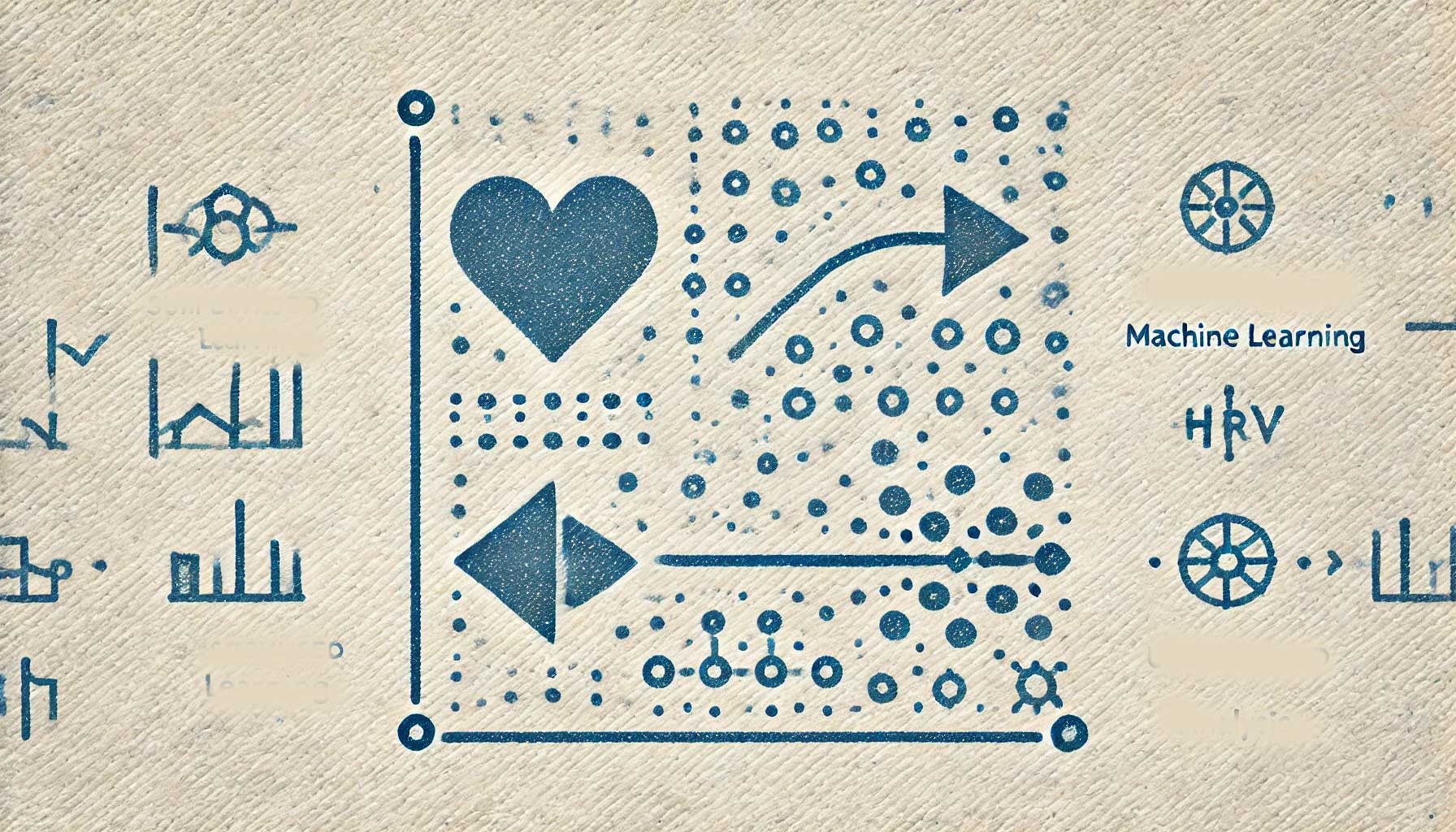
C. Combining HRV with Stress and Emotional State Data
- Example: Using Wearable Stress Monitors
Stress and emotional states have a profound effect on HRV. By integrating HRV data with wearable stress monitors – such as those measuring skin conductance or cortisol levels – researchers can label HRV data according to stress levels. For example, periods marked by high skin conductance or elevated cortisol can be labeled as “high stress,” while low levels can be labeled as “relaxed.” This labeled data can be used to train models that predict stress responses or recovery patterns under different conditions. - Application: Workplace Health Monitoring
In occupational health settings, combining HRV data with stress measurements can help monitor employees’ stress levels in real time. Supervised models can identify stress patterns related to specific workplace activities, meetings, or deadlines, allowing for targeted interventions to improve employee well-being and productivity.
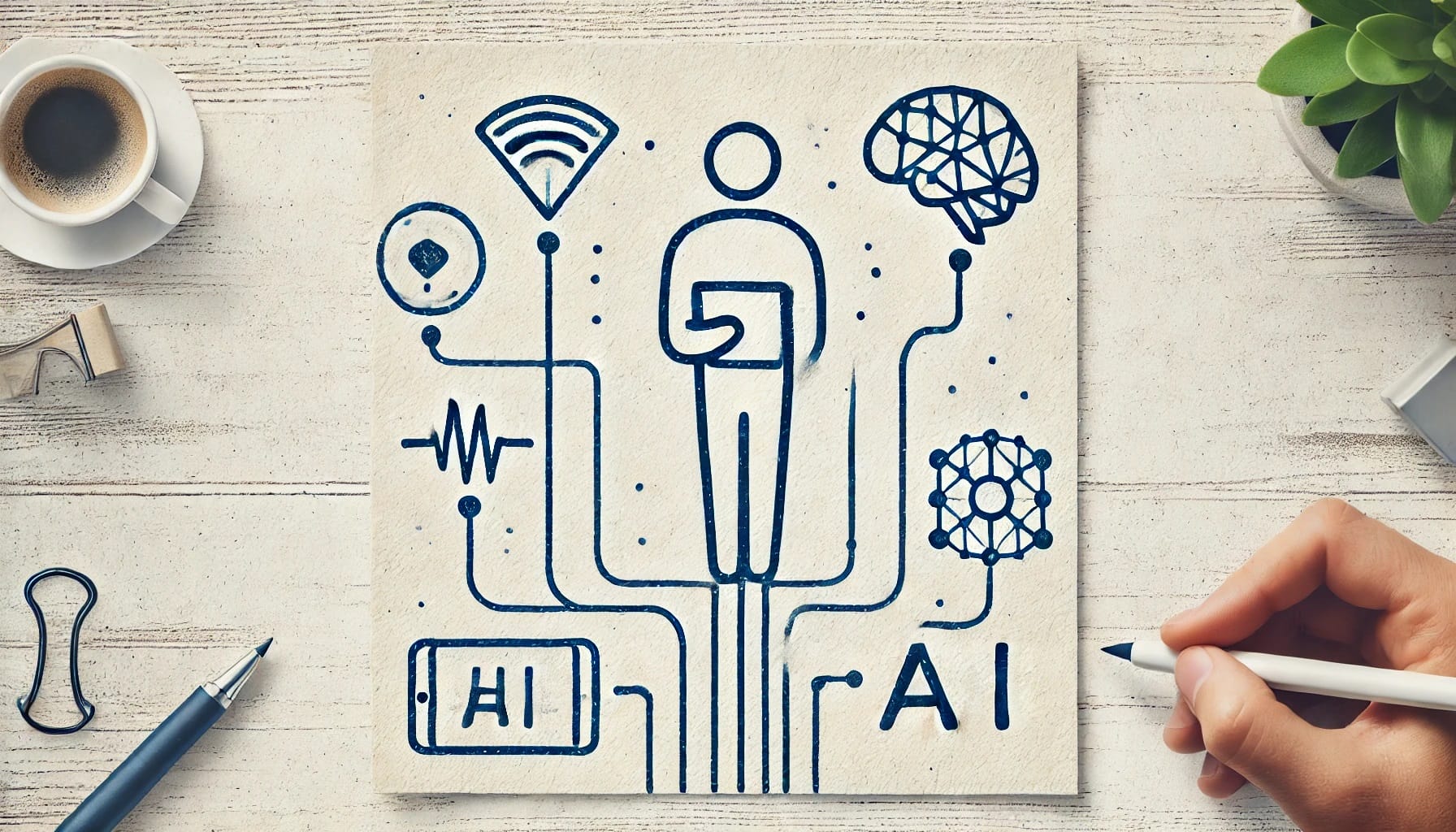
IV. Practical Applications of Supervised Learning for HRV Analysis
The integration of HRV data with other relevant datasets opens up a wide range of practical applications for supervised machine learning. By using labeled HRV data in combination with other data streams, researchers can build models that provide actionable insights across different fields.
A. Classifying HRV Patterns for Health Monitoring
Supervised models trained on labeled HRV data can classify different HRV patterns related to various health conditions. For example, a model could be trained to detect fatigue or stress by recognizing HRV patterns associated with these states. In clinical settings, this could help monitor patients with chronic diseases by alerting healthcare providers to significant changes in their HRV patterns that may indicate deterioration or the need for intervention.
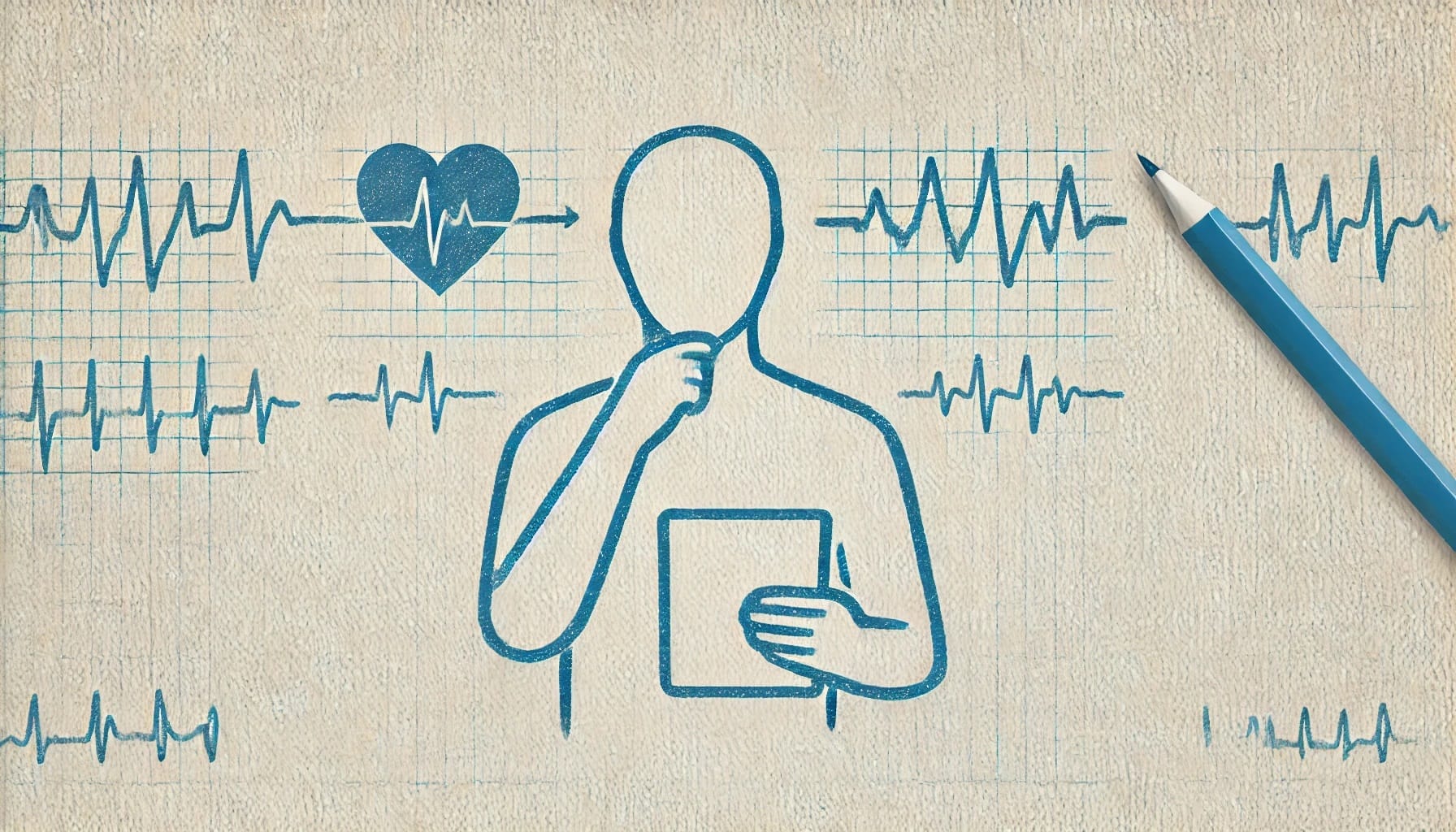
B. Developing Personalized Health Interventions
Labeled HRV data can be a powerful tool for developing personalized health and wellness plans. For instance, supervised models can be trained to identify individual responses to different stressors or physical activities. This enables the creation of tailored lifestyle recommendations, such as exercise regimens or stress management techniques, based on a person’s unique HRV patterns.
C. Enhancing Biofeedback and Rehabilitation Programs
Supervised learning models can also enhance biofeedback and rehabilitation programs by predicting patient responses to various interventions based on HRV data. For example, in physiotherapy and cardiac rehabilitation, supervised models can analyze how patients’ HRV changes with different exercises or treatments, allowing therapists to adjust protocols for optimal recovery.
By leveraging the power of supervised learning and integrating diverse data sources, researchers and clinicians can unlock deeper insights from HRV data, improving both individual and population health outcomes. In the next sections, we will explore some of the challenges and best practices for implementing these techniques, ensuring that your supervised learning models for HRV analysis are both robust and reliable.

V. Challenges and Best Practices in Using Supervised Learning for HRV Analysis
While supervised machine learning offers significant benefits for HRV analysis, it comes with its own set of challenges. Addressing these challenges is crucial to ensure that the models are reliable, accurate, and applicable in real-world scenarios. Below, we discuss some common challenges and best practices to consider when using supervised learning for HRV analysis.
A. Addressing Data Imbalance and Overfitting
Challenge:
One common issue in supervised learning is data imbalance, where certain classes (e.g., normal HRV patterns) dominate others (e.g., abnormal patterns). This imbalance can lead to models that are biased toward the more frequent class, reducing their ability to accurately predict rare but important events, like arrhythmias or high-stress episodes. Another challenge is overfitting, where a model performs exceptionally well on training data but fails to generalize to new, unseen data due to its excessive complexity.
Best Practices:
- Data Augmentation: Increase the amount of minority class data by generating synthetic samples using techniques like SMOTE (Synthetic Minority Over-sampling Technique) or data augmentation.
- Resampling Techniques: Use under-sampling methods to balance the classes by reducing the size of the majority class or oversampling to boost the minority class.
- Cross-Validation: Employ cross-validation techniques, such as k-fold cross-validation, to test model performance on different subsets of data. This approach helps in assessing the model’s robustness and in identifying potential overfitting.
- Regularization Methods: Apply regularization techniques like Lasso or Ridge regression to penalize overly complex models, reducing the likelihood of overfitting.
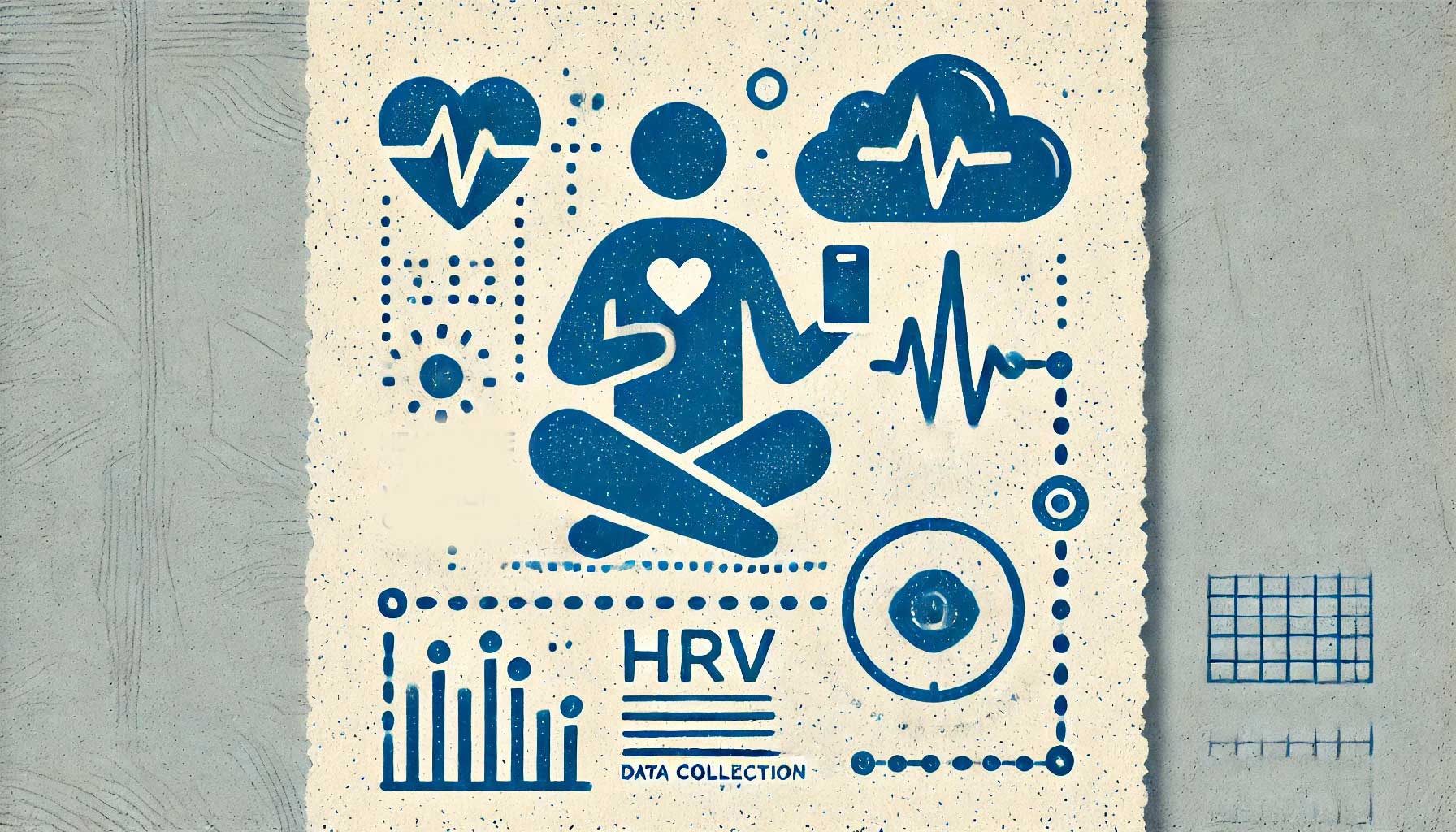
B. Ensuring Data Privacy and Compliance
Challenge:
Integrating multimodal datasets that include sensitive health data raises concerns around data privacy and regulatory compliance. Combining HRV data with other health markers (e.g., ECG, stress levels) can increase the risk of identifying individuals, especially in smaller datasets.
Best Practices:
- Anonymization: Use techniques like data anonymization and pseudonymization to ensure that personal identifiers are removed from the dataset.
- Data Encryption: Implement strong encryption protocols for data storage and transmission to protect against unauthorized access.
- Informed Consent: Ensure that participants provide informed consent, clearly understanding how their data will be used, stored, and analyzed.
- Compliance with Regulations: Adhere to data protection regulations such as GDPR, HIPAA, or other relevant standards to safeguard participant data.
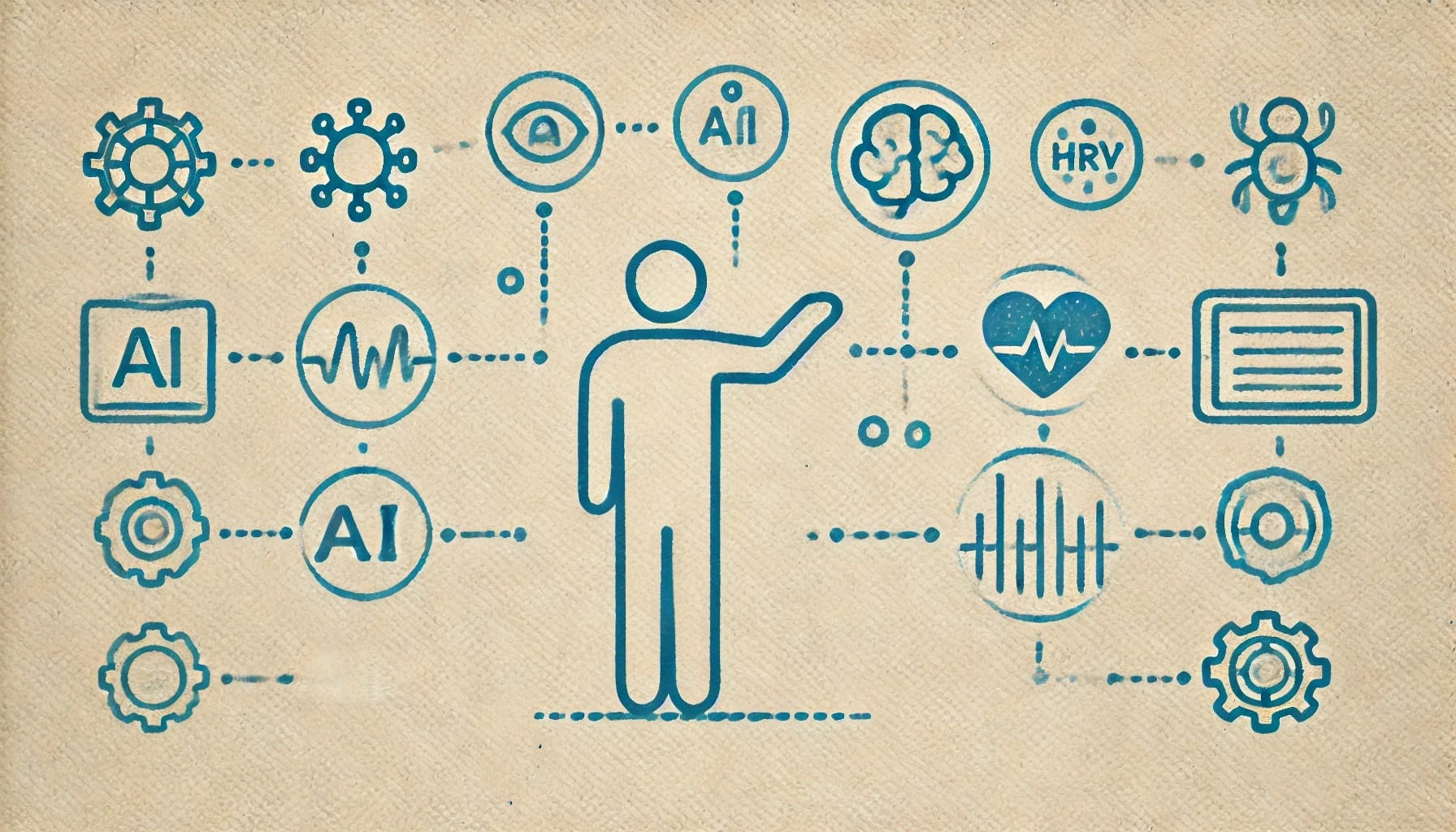
C. Validating and Testing Models
Challenge:
Developing robust supervised learning models requires rigorous validation to ensure they perform well not only on training data but also in real-world applications. Inadequate validation can lead to models that do not generalize well, resulting in poor predictive accuracy when deployed in different contexts.
Best Practices:
- Independent Test Sets: Use independent test datasets that were not involved in the model training process to evaluate model performance.
- Continuous Model Evaluation: Regularly update and evaluate models with new data to ensure they adapt to changes over time and remain accurate.
- Performance Metrics: Utilize appropriate performance metrics based on the study’s goals. For classification tasks, metrics such as F1-score, precision, recall, and ROC-AUC are essential to evaluate model effectiveness.
By following these best practices, researchers can develop supervised learning models for HRV analysis that are both accurate and reliable, ensuring that the findings are applicable in real-world healthcare and research settings.
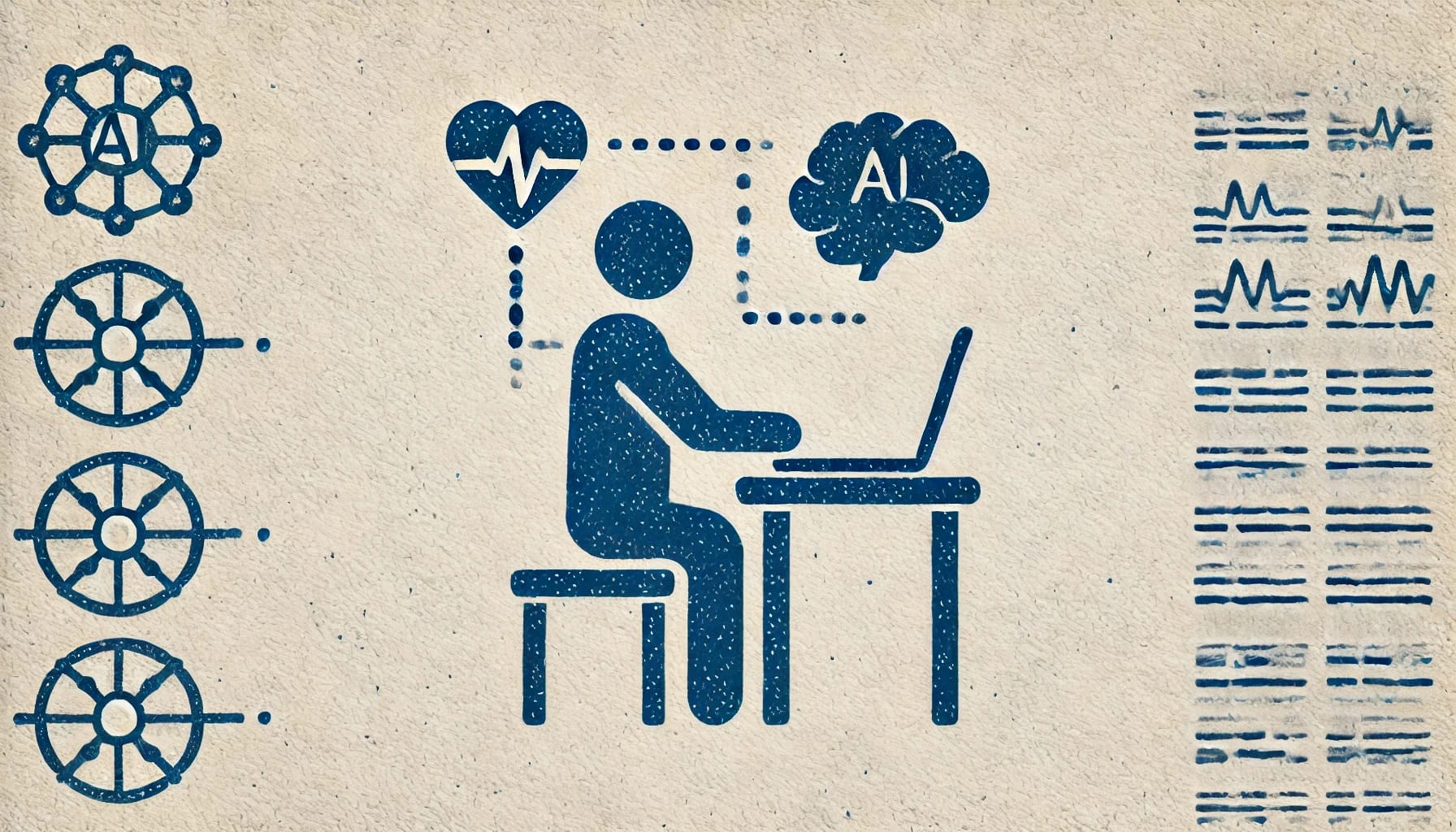
VI. Conclusion
Supervised machine learning provides a powerful framework for analyzing HRV data, allowing researchers to build predictive models that can inform health interventions, monitor recovery, and detect potential health risks. However, the success of these models hinges on careful data labeling, the integration of multimodal data, and rigorous validation to avoid common pitfalls such as data imbalance, overfitting, and privacy concerns.
By implementing the strategies and best practices discussed in this article, researchers can maximize the value of HRV data and leverage supervised learning to unlock deeper insights into human health. Whether for predicting cardiovascular risks, tailoring personalized health interventions, or enhancing workplace wellness programs, supervised learning models offer a versatile toolset for advancing HRV research and applications. Future articles will delve further into practical implementations, offering step-by-step guidance on applying these techniques to your specific HRV studies.
Call to Action




Frequently asked questions about this topic:
Why is data labeling important in supervised learning for HRV analysis? +
Proper data labeling is crucial as it allows supervised learning models to learn and distinguish between different physiological states or events, such as stress responses or cardiovascular incidents. Accurate labeling enhances the model’s predictive accuracy in real-world scenarios.
How does integrating multimodal data improve HRV analysis? +
Integrating HRV data with other data streams, such as physical activity, ECG readings, and stress levels, provides richer context for supervised models. This multimodal approach helps in detecting patterns and making accurate health predictions.
What are some applications of supervised learning in HRV analysis? +
Applications include classifying HRV patterns for health monitoring, developing personalized health interventions, and enhancing biofeedback and rehabilitation programs by predicting patient responses to treatments based on HRV data.
How can data imbalance and overfitting be addressed in supervised HRV models? +
Data imbalance can be addressed by using techniques like SMOTE and resampling, while overfitting can be mitigated with cross-validation and regularization methods. These practices ensure that the model generalizes well to new data.
What are the best practices for ensuring data privacy in supervised HRV analysis? +
Best practices include data anonymization, encryption, obtaining informed consent, and complying with regulations like GDPR or HIPAA. These measures help protect sensitive health data and ensure ethical research practices.
How can supervised models for HRV be validated effectively? +
Effective validation includes using independent test sets, continuous model evaluation, and employing relevant performance metrics like F1-score and ROC-AUC. These steps ensure the models perform well in diverse, real-world applications.










